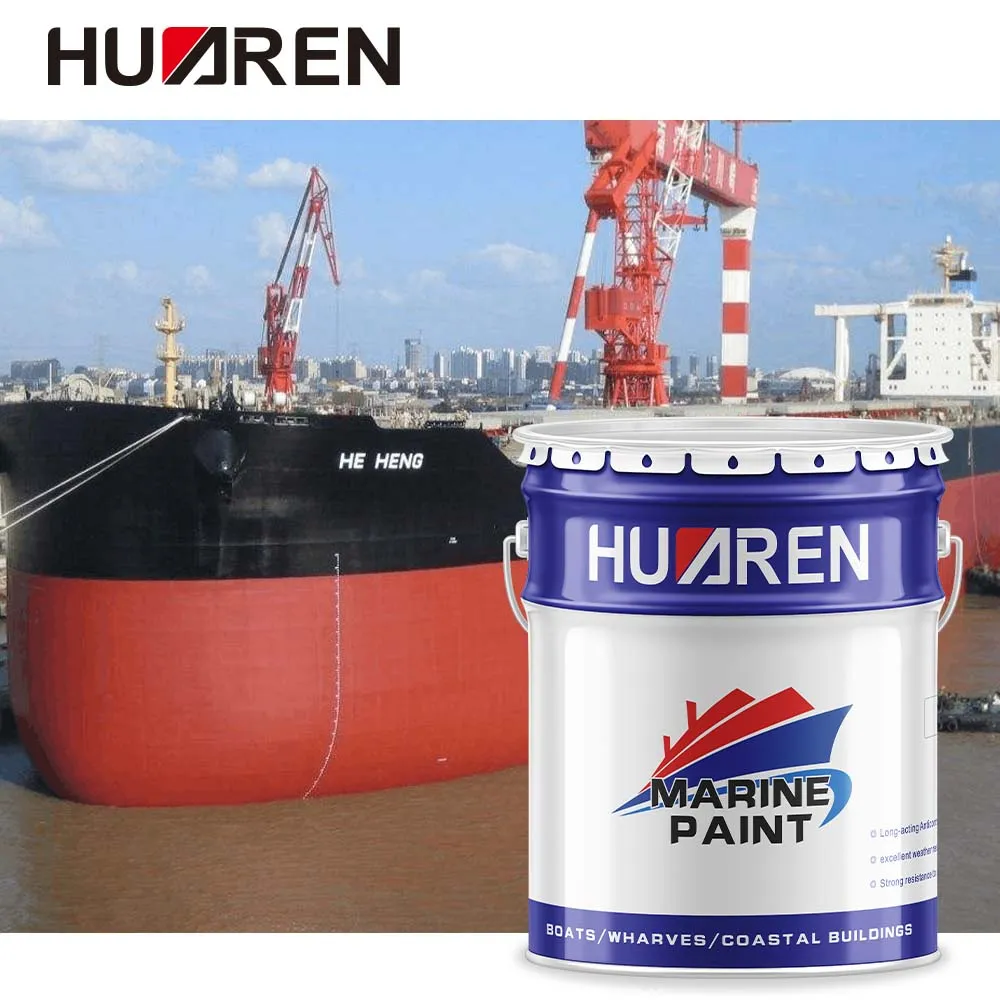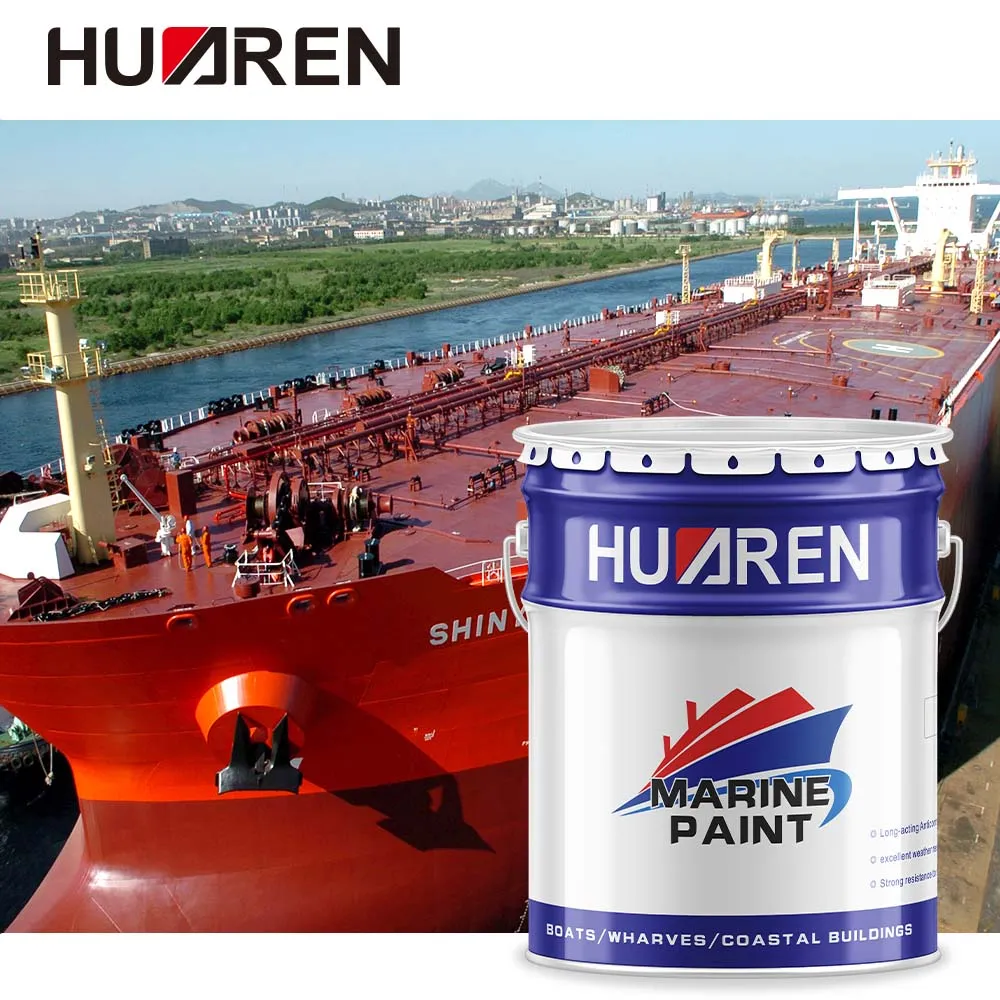Whether it is a small private yacht or a large commercial ship, the cleaning and maintenance of the bottom of the ship is the focus of ship owners and operators. Antifouling paint is a special coating used for the bottom of the ship. Its main function is to prevent marine organisms from attaching to the bottom of the ship, thereby affecting the navigation performance and fuel efficiency of the ship.
However, for many ship owners, whether to apply antifouling paint may not be a simple decision. This article will discuss the principles, functions, types, applicable conditions and economic benefits of antifouling paint to help ship owners make an informed decision.

What is the basic principle of antifouling paint?
Antifouling paint is a special coating containing biologically active ingredients. Its main function is to prevent marine organisms such as shellfish, barnacles and seaweed from attaching to the bottom of the ship. The attachment of these organisms will not only increase the resistance of the ship and reduce the speed, but also increase fuel consumption and even damage the hull.
The main component of antifouling paint is biocides, which are chemicals that will gradually release to form a protective layer to prevent marine organisms from attaching to the bottom of the ship. Common biocides include copper compounds and organotin compounds.
What is the role of antifouling paint?
The role of antifouling paint: reduce marine organism attachment, reduce hull resistance, extend hull service life, and reduce maintenance costs.
● Reduce marine organism attachment: effectively prevent marine organisms such as shellfish, barnacles and seaweed from attaching to the bottom of the ship, and keep the bottom of the ship clean.
● Reduce hull resistance: reduce bottom attachments, reduce navigation resistance, and increase speed and fuel efficiency.
● Extend hull service life: protect the bottom of the ship from erosion by marine organisms and extend the service life of the hull.
● Reduce maintenance costs: reduce the frequency and cost of cleaning and maintaining the bottom of the ship.

What are the types of antifouling paint?
The types of antifouling paint are:
1. Traditional antifouling paint
2. Self-polishing antifouling paint
3. High-efficiency antifouling paint
Traditional antifouling paint
Traditional antifouling paint mainly uses copper compounds as the main component, and achieves antifouling effect through the slow release of copper ions. This antifouling paint is relatively low in cost, but its antifouling effect and durability are poor, and it needs to be repainted regularly.
Self-polishing antifouling paint
Self-polishing antifouling paint releases biocides through the gradual wear of the coating to maintain a long-term antifouling effect. This antifouling paint has a long service life and is not prone to thick coatings, reducing the maintenance workload of the bottom of the ship.
High-efficiency antifouling paint
High-efficiency antifouling paint usually contains organotin compounds, which have excellent antifouling effects and durability. However, due to the serious impact of organotin compounds on the environment, many countries and regions have banned or restricted their use.

Do I need to apply antifouling paint on my ship?
Considerations for whether a ship needs to be painted with antifouling paint:
1. Ship type and purpose
2. Navigation and mooring environment
3. Economic factors
Ship type and purpose
The demand for antifouling paint varies for ships of different types and purposes. The following is an analysis of the demand for antifouling paint for several common types of ships:
● Leisure yachts: Usually used in freshwater or coastal waters, antifouling paint can effectively keep the bottom of the ship clean and improve navigation efficiency.
● Commercial ships and fishing boats: Long-term sailing at sea, antifouling paint is a necessity, which can significantly reduce maintenance costs and fuel consumption.
● Sailing and rowing boats: The speed requirement is high. Antifouling paint can reduce the resistance of the bottom of the ship and increase the speed.
Navigation and mooring environment
The navigation and mooring environment of the ship has a great impact on the demand for antifouling paint. The following is an analysis of the demand for antifouling paint in different environments:
● Freshwater environment: Although there are fewer marine organisms in freshwater, there are still some organisms such as freshwater shellfish and algae that will attach to the bottom of the ship. Antifouling paint can effectively prevent the attachment of these organisms.
● Coastal environment: There are many kinds of marine organisms in coastal waters. Antifouling paint can significantly reduce the attachment of the bottom of the ship and maintain the performance of the ship.
● Open sea: There are fewer marine organisms in the open sea, but long-term navigation may still cause the attachment of organisms to the bottom of the ship. Antifouling paint is still important.
Economic factors
The cost of antifouling paint includes purchase, painting and maintenance costs. Although antifouling paint can significantly reduce fuel consumption and maintenance costs, the initial investment is large. Ship owners need to consider economic factors comprehensively and evaluate the long-term benefits of antifouling paint.
How to apply and maintain antifouling paint?
Antifouling paint application steps
● Surface treatment: Before applying antifouling paint, the bottom of the ship needs to be thoroughly cleaned and polished to ensure that the surface is flat and free of oil stains.
● Primer application: Select the appropriate primer according to the type of antifouling paint and the material of the bottom of the ship, and apply the primer to improve the adhesion of the antifouling paint.
● Antifouling paint application: Mix the antifouling paint according to the instructions, and use a roller or spray gun to evenly apply the antifouling paint. Usually 2-3 layers are required, and appropriate drying time is maintained between each layer.
Antifouling paint maintenance
● Regular inspection: Regularly check the status of the antifouling paint on the bottom of the ship and repair damaged parts in time.
● Cleaning and maintenance: Clean the bottom of the ship regularly to maintain the effectiveness of the antifouling paint and avoid biological attachment.
● Re-painting: According to the service life of the antifouling paint and the condition of the bottom of the ship, re-paint the antifouling paint at regular intervals to maintain the best antifouling effect.

Environmental protection and laws and regulations
Environmental factors
Biocides in antifouling paints have a certain impact on the environment, especially high-efficiency antifouling paints containing organotin compounds, which have serious harm to the marine ecosystem. Ship owners need to choose environmentally friendly antifouling paints to reduce the impact on the environment.
Laws and regulations
Many countries and regions have strict laws and regulations on the use of antifouling paints, especially antifouling paints containing organotin compounds. Ship owners need to understand and comply with relevant laws and regulations and choose legal and compliant antifouling paints.

